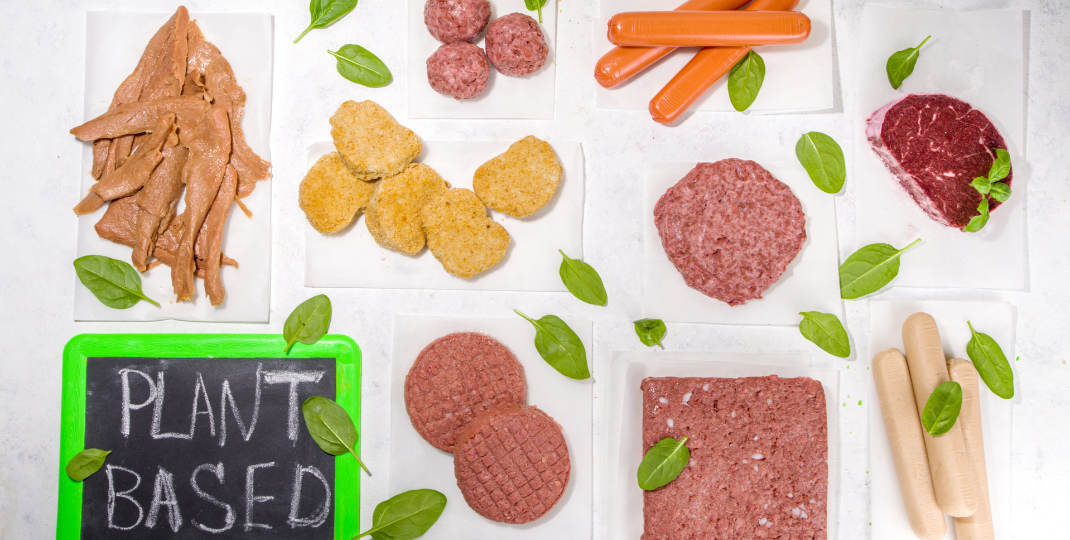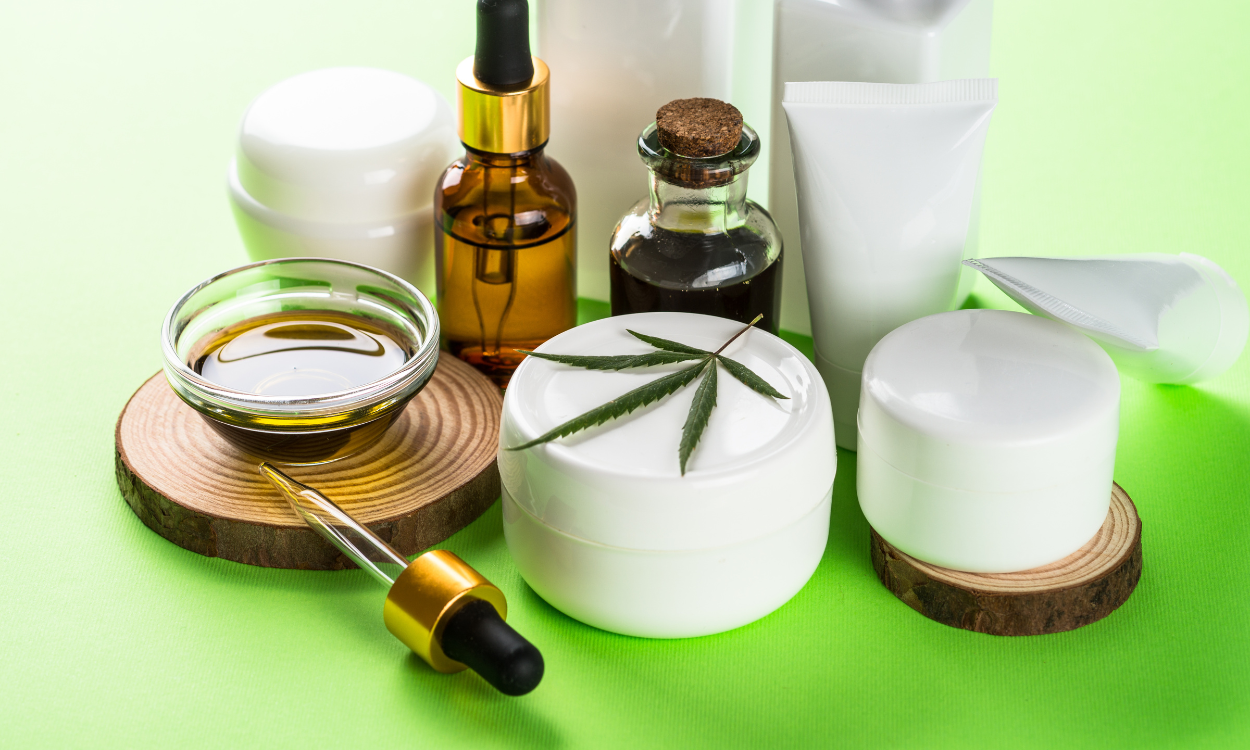Microalgae are a rich source of proteins that have the potential to be utilized in various industries, ranging from food and pharmaceuticals to biotechnology and biofuels. Extracting and purifying protein from microalgae cells is a complex process that requires careful consideration of factors such as cell disruption methods, extraction solvents, and purification techniques. In this article, we will delve into the intricacies of how we can effectively extract and purify protein from microalgae cells to harness their full potential for a wide range of applications.
Optimal Extraction Methods for Protein Isolation from Microalgae Cells
The most effective extraction methods for isolating proteins from microalgae cells include mechanical disruption techniques such as bead beating, sonication, and high-pressure homogenization, which are able to break open the tough cell walls of microalgae to release the protein content. Additionally, enzymatic digestion using proteases can help to further break down the cellular components and release proteins. Finally, solubilization with detergents or organic solvents can aid in separating proteins from other cellular debris. Overall, a combination of these methods is often used to effectively isolate proteins from microalgae cells.

How can we ensure maximum protein yield during the extraction process?
To ensure maximum protein yield during the extraction process, several key factors must be considered. Firstly, selecting the most appropriate extraction method based on the nature of the protein and the sample matrix is crucial. This may include methods such as precipitation, chromatography, or membrane filtration. Additionally, optimizing the extraction conditions such as pH, temperature, and buffer composition can help to improve protein solubility and stability. Ensuring proper disruption of cell walls or membranes through techniques like sonication or grinding can also aid in releasing more proteins for extraction. Finally, careful handling and storage of samples throughout the extraction process can prevent protein degradation and maximize yield. Overall, attention to detail in each step of the extraction process is essential to achieve the highest possible protein yield.
What factors influence the purity of extracted proteins from microalgae cells?
The purity of extracted proteins from microalgae cells can be influenced by several factors, including the efficiency of the extraction process, the presence of contaminants such as lipids and pigments, the choice of extraction method and solvents used, the condition of the cells before extraction (such as cell disruption technique), and the experience and expertise of the researcher performing the extraction. Additionally, the type and species of microalgae being used can also impact the purity of the extracted proteins, as some species may have higher protein content or be more difficult to extract proteins from compared to others. Proper optimization and careful consideration of these factors are crucial in obtaining high-purity protein extracts from microalgae cells.
Is there a way to selectively extract certain types of proteins from microalgae cells?
Yes, there are various methods that can be used to selectively extract certain types of proteins from microalgae cells. One common approach is to use differential solubility techniques such as centrifugation or membrane filtration to separate the proteins based on their physical and chemical properties. Additionally, specific antibodies or ligands can also be used for affinity purification to isolate target proteins. Furthermore, advanced technologies such as chromatography and electrophoresis can be employed to further purify and separate the proteins of interest. Overall, a combination of these methods can enable the selective extraction of specific proteins from microalgae cells for various applications in biotechnology and research.
How can we prevent degradation of proteins during the extraction and purification process?
Proteins can be prone to degradation during the extraction and purification process due to factors such as enzymatic activity, pH changes, and oxidation. To prevent degradation, it is important to work quickly and efficiently, using buffers and additives that stabilize proteins and prevent denaturation. Minimizing exposure to oxygen and light, maintaining proper temperature control, and avoiding repeated freeze-thaw cycles can also help preserve protein integrity. Additionally, gentle handling techniques, such as using sonication or vortexing instead of vigorous mixing, can reduce the risk of damage to sensitive proteins. Regularly monitoring protein quality throughout the extraction and purification process through techniques like SDS-PAGE or Western blotting can also help identify and address any degradation issues early on.

Are there any potential contaminants that could affect the quality of extracted proteins from microalgae cells?
Yes, there are several potential contaminants that could affect the quality of extracted proteins from microalgae cells. These include heavy metals, pesticides, herbicides, and other chemical pollutants that may be present in the water where the microalgae are grown. Additionally, microbial contamination from bacteria, viruses, or fungi could also impact the purity and quality of the extracted proteins. It is important to carefully monitor and control the growth conditions of the microalgae to minimize the presence of these contaminants and ensure the quality of the extracted proteins.
What is the most efficient method for purifying extracted proteins from microalgae cells?
The most efficient method for purifying extracted proteins from microalgae cells is typically a combination of techniques such as cell disruption, centrifugation, and chromatography. Cell disruption methods, such as sonication or homogenization, are used to break open the cells and release the proteins. Centrifugation is then employed to separate the cellular debris from the protein-containing supernatant. Finally, chromatography techniques, such as ion exchange or size exclusion chromatography, can be utilized to further purify the proteins based on their charge, size, or other properties. By combining these various methods, a high level of purity and yield can be achieved for the extracted proteins from microalgae cells.
Are there any new technologies or techniques that could improve the efficiency of protein extraction and purification from microalgae cells?
Yes, there are several new technologies and techniques that could improve the efficiency of protein extraction and purification from microalgae cells. One such technique is the use of high-pressure homogenization, which can disrupt cell walls and release proteins more efficiently than traditional methods. Additionally, advancements in chromatography techniques, such as affinity chromatography and membrane filtration, have been shown to increase the purity and yield of extracted proteins. Furthermore, the development of automated systems and microfluidic devices for protein extraction and purification could further streamline the process and reduce the time and resources required. Overall, these innovations hold promise for enhancing the efficiency and scalability of protein extraction from microalgae cells.
Optimizing Protein Extraction and Purification from Microalgae Cells
In conclusion, extracting and purifying protein from microalgae cells requires a combination of efficient cell disruption methods, such as sonication or bead milling, followed by various separation techniques like centrifugation, filtration, and chromatography. By carefully optimizing these steps and selecting the most suitable purification method for specific proteins, we can effectively isolate high-quality protein from microalgae cells for various applications in food, pharmaceutical, and biotechnological industries. Additionally, advancements in technology and research will continue to improve the efficiency and sustainability of protein extraction and purification processes from microalgae, making them an increasingly valuable and versatile source of protein in the future.
